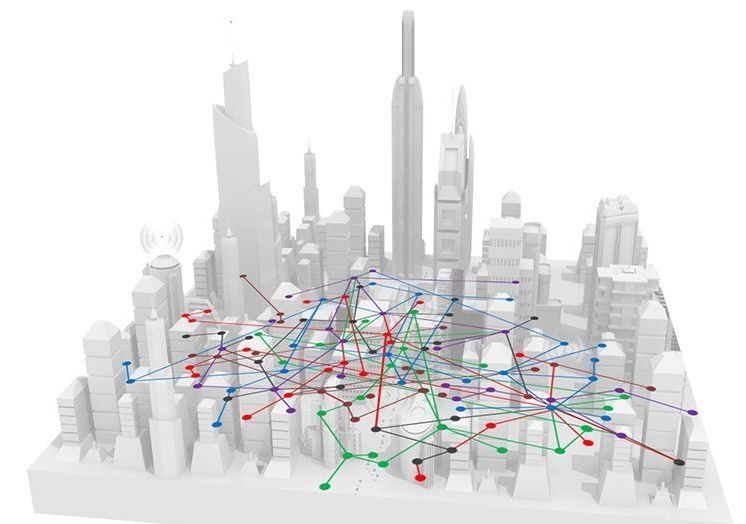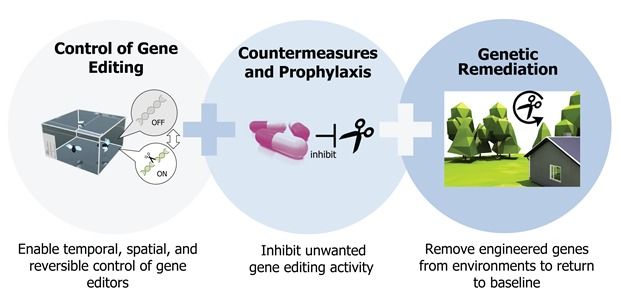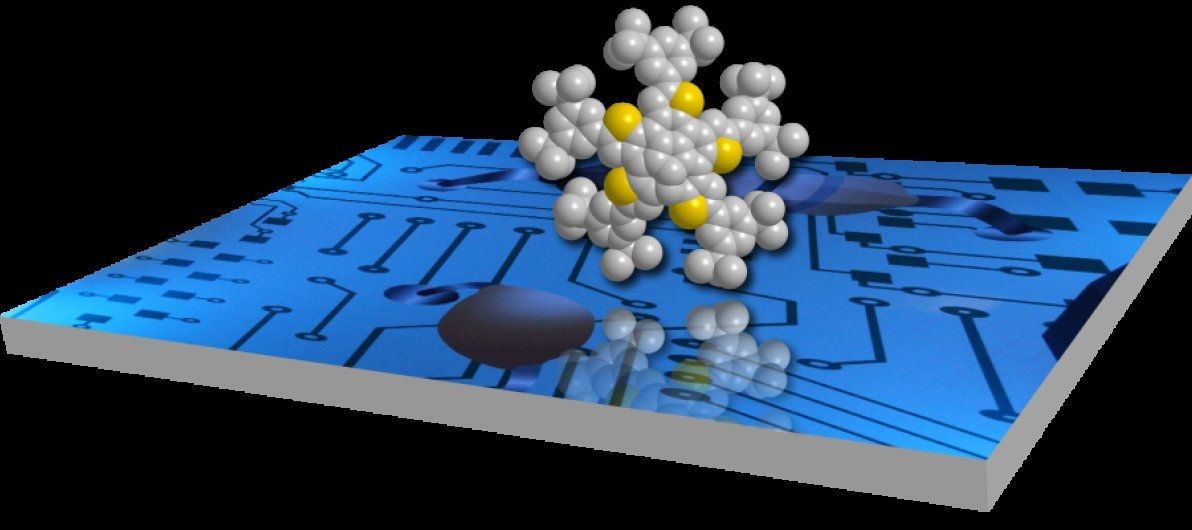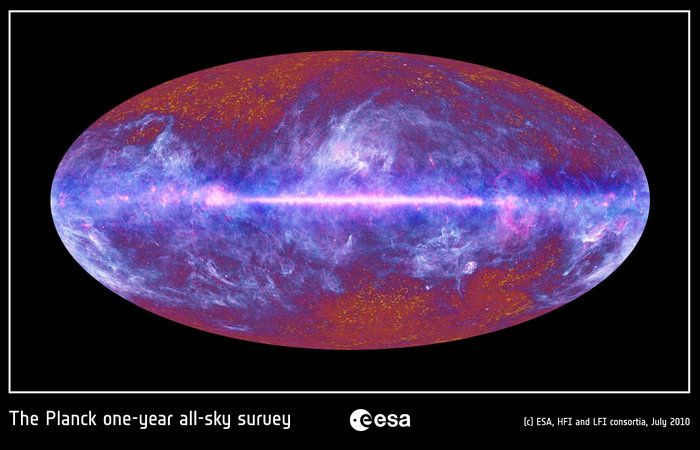Finally, your pet can go to work for you.
The brain-computer interface is already being tested in humans with Lou Gehrig’s disease.
Finally, your pet can go to work for you.
The brain-computer interface is already being tested in humans with Lou Gehrig’s disease.

China hasn’t kept it a secret for many months now about the Chinese government desire to have an unbreakable quantum communication networks which is why they launched their Quantum Satellite (the QSS program) last month. What the real story is how QSS is enabling the military to have a leading edge through technologies such as the Quantum Radar capabilities, or using Quantum communications to prevent hacking of their systems while having the ability to hack others. And, this is what has actually been published publically to boot.
Hacked recently covered the efforts of the Chinese government to build unbreakable quantum communication networks. According to analysts, quantum communications networks are so expensive that they could have a “recentralizing effect,” enabling states to recover the ground that they have lost to decentralizing digital technologies. But what if ultra-secure quantum cryptography could be made available to everyone at low cost?
European researchers at the Institute of Photonic Sciences (ICFO), Institució Catalana de Recerca (ICREA), and other research labs, have developed a fast random number generator based on a quantum mechanical process that could deliver the world’s most secure encryption keys in a package tiny enough to use in a mobile device.
“We’ve managed to put quantum-based technology that has been used in high-profile science experiments into a package that might allow it to be used commercially,” says ICFO researcher Carlos Abellan in a press release of the Optical Society of America (OSA). “This is likely just one example of quantum technologies that will soon be available for use in real commercial products. It is a big step forward as far as integration is concerned.”

Researchers have developed a new technique to measure the density matrix—a more general way of characterizing the state of a quantum system than that provided by the wave function.
The wave function is the physicist’s usual choice to characterize the state of a quantum system. But a different mathematical object, called a density matrix, is required for systems that are in mixed states, which are a mixture of other, pure quantum states. An example of a pure state is a beam of horizontally or vertically polarized photons, whereas a mixed state would be an uncorrelated statistical mixture of both polarizations. A mixed state would also apply to a system quantum mechanically entangled with its environment. The density matrix provides a complete description of a mixed state, but it also applies to pure states. Usually, experimental measurements of density matrices are indirect reconstructions using data acquired from a series of different kinds of measurements.

Got to love this stuff.
Teams that join this DARPA program, the “Spectrum Collaboration Challenge (SC2),” will have to demonstrate new technologies that represent a “paradigm shift” with both military and commercial applications.
“The real crux of the problem is — when you look at users of the spectrum, whether they are commercial users of the spectrum, whether they’re consumers or they’re the military — the thing that is ubiquitously true is we all are placing more and more and more demand on the spectrum. And all of that demand is really adding up and going to stress the way that we actually manage the spectrum,” said Paul Tilghman, program manager.
“Where do we put our communications systems? Where do we put our radars? Where do we put our (electronic warfare) systems?”

This is actually pretty significant to see from DARPA; however, not a total shock given the importance of Synthetic Biology and various parties in the military understanding how CRISPR can be used as a weapon.
A new DARPA program could help unlock the potential of advanced gene editing technologies by developing a set of tools to address potential risks of this rapidly advancing field. The Safe Genes program envisions addressing key safety gaps by using those tools to restrict or reverse the propagation of engineered genetic constructs.
“Gene editing holds incredible promise to advance the biological sciences, but right now responsible actors are constrained by the number of unknowns and a lack of controls,” said Renee Wegrzyn, DARPA program manager. “DARPA wants to develop controls for gene editing and derivative technologies to support responsible research and defend against irresponsible actors who might intentionally or accidentally release modified organisms.”
Safe Genes was inspired in part by recent advances in the field of “gene drives,” which can alter the genetic character of a population of organisms by ensuring that certain edited genetic traits are passed down to almost every individual in subsequent generations. Scientists have studied self-perpetuating gene drives for decades, but the 2012 development of the genetic tool CRISPR-Cas9, which facilitates extremely precise genetic edits, radically increased the potential value of—and in some quarters the demand for—experimental gene drives.

Advancing efforts around Synthetic Bio into the semiconductor space.
“We hope that ongoing advances in our method may lead to the development of new organic electronic devices, including semiconductor and luminescent materials,” say Segawa and Itam.
Thiophene-fused polycyclic aromatic hydrocarbons (PAHs) are known to be useful as organic semiconductors due to their high charge transport properties. Scientists have developed a short route to form various thiophene-fused PAHs by simply heating mono-functionalized PAHs with sulfur. This new method is expected to contribute towards the efficient development of novel thiophene-based electronic materials.

Physicists have for the first time succeeded in directly visualising on small scales how a material abruptly changes its state from conducting to insulating at low temperatures. Researchers Erik van Heumen of the University of Amsterdam and Alex McLeod from the University of California thereby provide evidence for a 60-year-old theory that explains this phenomenon and pave the way for more energy efficient technologies. The team’s experiments are described in the latest edition of Nature Physics.
Materials that conduct electricity at high temperature but are insulating at lower temperatures have been known for decades. However, until recently it was not possible to directly measure how such phase transitions proceed on small length scales. Using a new technique, Van Heumen and McLeod are now able to visualise the changes taking place in the material during such a phase transition on the nanometer scale.
In their experiments, the team observed a so-called percolation transition taking place among the electrons in the material. Above a certain critical temperature, the electrons can move relatively easily through the material enabling the flow of electrical current. When the temperature drops below a threshold temperature, small imperfections in the material trigger a kind of traffic jam for the electrons. Starting from small nanometer length scales, this traffic jam slowly grows outwards across the entire material. The previously freely moving electrons come to an abrupt halt and the material loses its conducting properties.

